Absalon
disposition (detail). 1990 wood, cardboard, white paint, 6 neon lights, 40 elements
140 x 928 x 1028 cm. 110 qm / square meters. Collection Frac Languedoc-Roussillon. exhibition view at KW Berlin. photo: DIETER LOSKEN
–
disposition. 1990 wood, cardboard, white paint, 6 neon lights, 40 elements
140 x 928 x 1028 cm. 110 qm / square meters collection frac languedoc-roussillon. exhibition view at KW Berlin. photo: DIETER LOSKEN
–
cellule no. 5. 1992 wood, cardboard, paint, neon lights 405 cm, ø 240 cm
exhibition view at KW Berlin. photo: DIETER LOSKEN
–
cell n° 4. 1991. wood, cardboard, white paint
147 x 180 x 247 cm. Collection Capc musée d’art contemporain, Bordeaux
–
proposals for a habitat. 1992. wood, cardboard, white paint, neon light
180 x 270 x 370 cm. collection of Centre Pompidou, Paris
Courtesy galerie Chantal Crousel
–
cell n° 2. 1991. wood, cardboard, white paint
exhibition view at KW Berlin. photo: DIETER LOSKEN
–
cellule no. 5. 1991. wood, cardboard, paint, neon lights. 350 x 215 x 48 cm
exhibition view at KW Berlin. photo: DIETER LOSKEN
–
cell n° 2 (prototype). 1992 wood, cardboard, white paint
250 x 430 x 220 cm. exhibition view, Kunsthalle Zürich (1997). photo : A. Troehler
–
Israeli artist MEIR ESHEL moved to Paris in the late 1980s, where he adopted the pseudonym ABSALON. There, in the short time before his sudden death at the age of twenty-eight, he engages himself with space and creates groups of work such as “Proposals for Everyday Objects” and “Proposals for Habitats,” including six minimalist living units modelled on the dimensions of his own body that ABSALON designed for various major cities around the world. Reduced to a vocabulary of strictly geometrical forms these pieces convey a sense of absolute abstraction ,they are neither purely sculptural nor architectural in the classic sense, yet without alluding to utopian ideas. He termed these structures Cellules—“bastions of resistance to a society that stops me from becoming what I must become.”
KW Institute for Contemporary Art in Berlin is presenting the first comprehensive solo exhibition of the artist’s work; the show unites all six of his completed cells with his six city-specific prototypes, as well as unseen videos, drawings, and films. A catalogue containing essays by the curator and others accompanies the show (on view until 20 February, 2011).

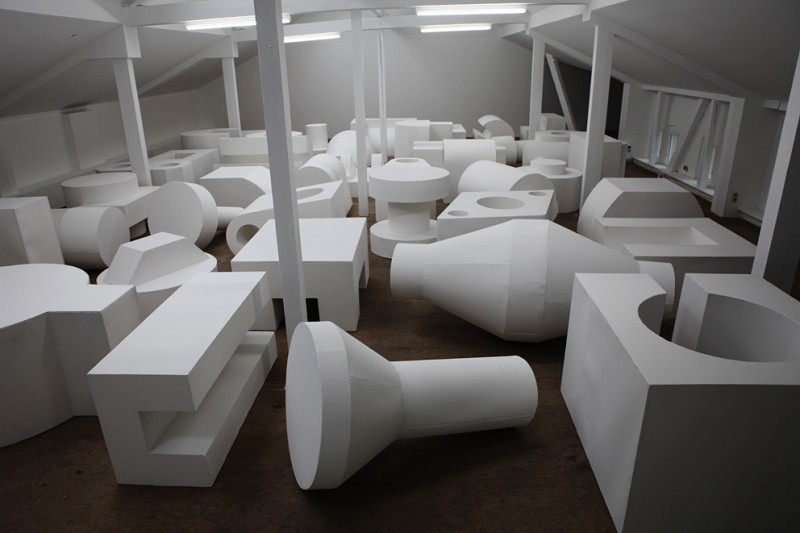

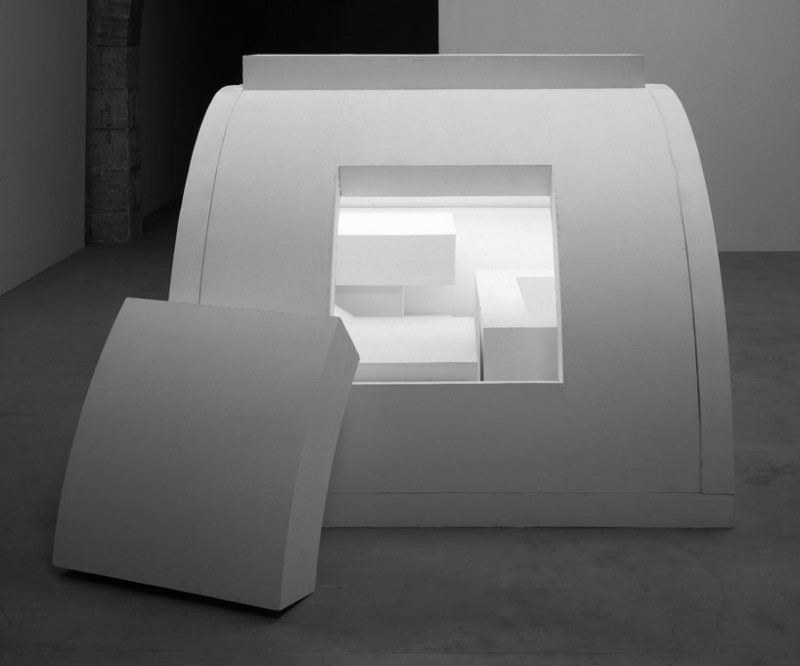

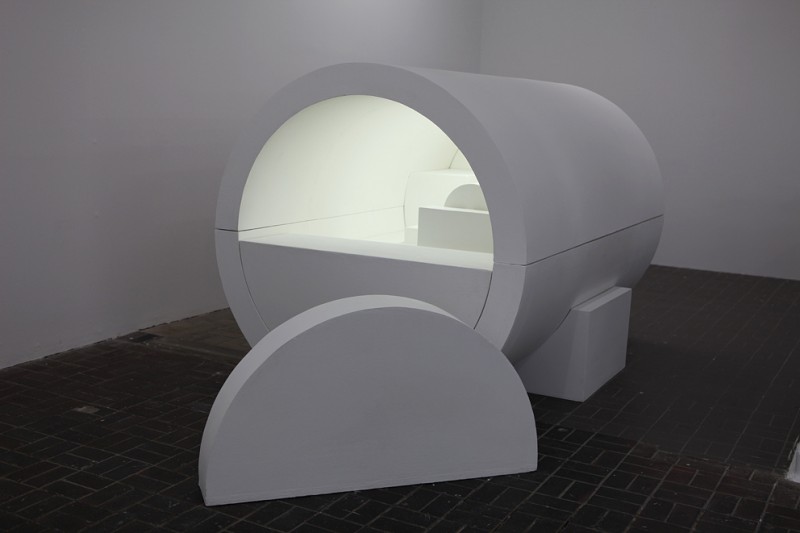
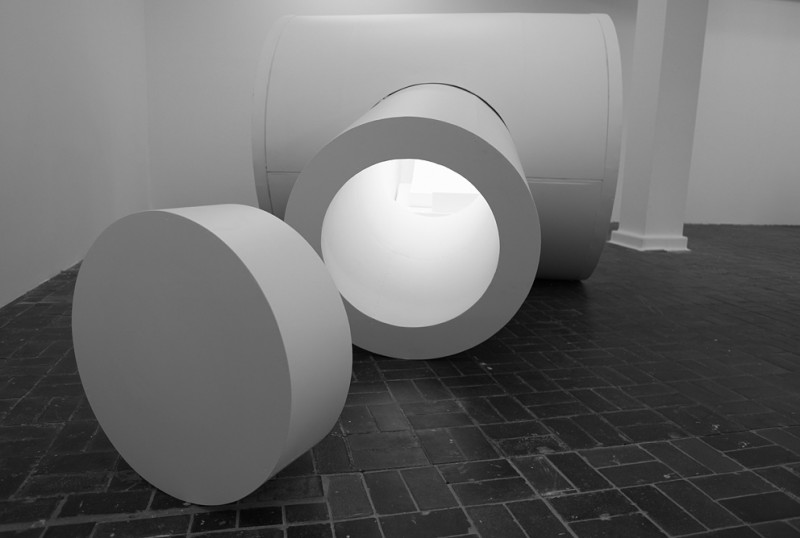
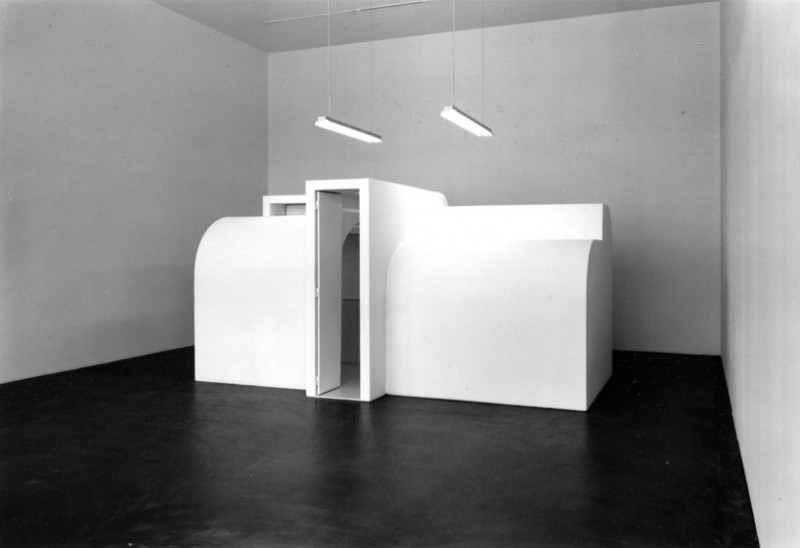
comments are closed !